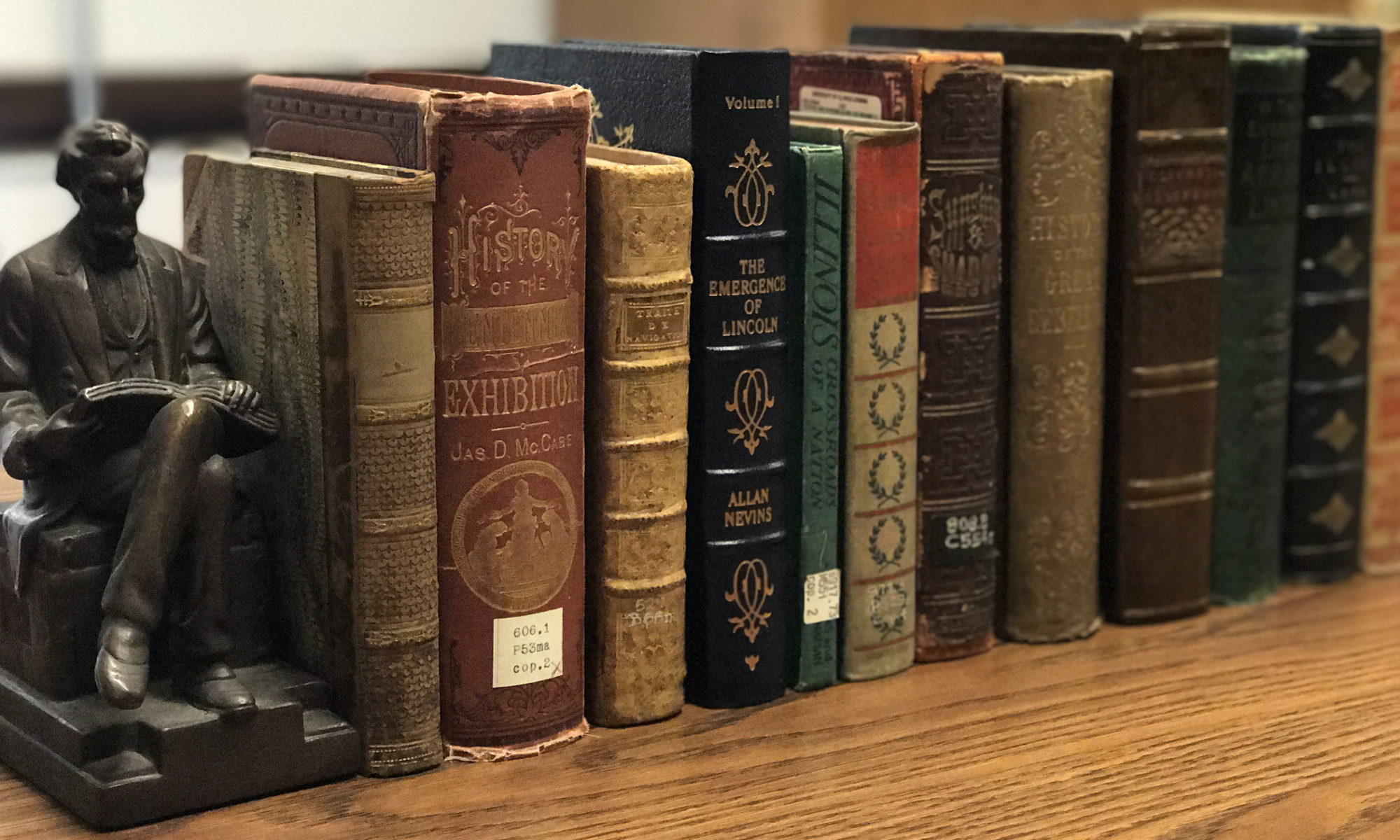For the month of May, we’re celebrating Illinois innovations in honor of the bicentennial. From cellphones to MRIs to black holes to carbon dating, Illinois has a long history of ingenuity. Follow along on our social media for weekly snapshots of #IllinoisInnovation.
In 1928, brothers Paul V. and Joseph E. Galvin purchased Stewart Storage Battery Company, a bankrupt battery eliminator business in Chicago. Starting with just five employees, the fledgling Galvin Manufacturing Corporation was very much a small fish in Chicago’s pond. In time though, it would become one of the largest and most influential companies of its kind.
Though Galvin first tried its hand at producing battery eliminators like its predecessor, the market for that product was quickly vanishing as battery-operated radios became obsolete. By October 1929, the company’s business had completely stalled amid the stock market crash. If the Galvin brothers were to succeed, they would need to innovate.
In 1930, GMC did just that. Recognizing the want for practical and affordable car radios, Galvin introduced the 5T71 auto radio. Selling for $110 to $130, this model was available for half the price of other car radios at the time. So successful was the 5T71 that within six years GMC had firmly established itself as a major player in the radio communication industry. In 1937, the company also rolled out the first car radios with vibrator power supply, push-button tuning, fine tuning, and tuning controls. In 1940 came the world’s first hand-held two-way radio, operating on AM, and in 1941 GMC was the first to commercially manufacture two-way FM radios.
By 1942, business was booming. The United States had joined the Allies in the fight against the Axis powers in Europe, Africa, and Asia. With the war effort came calls for major military contracts. The US Army Signal Corps was in need of a high frequency portable radio; Galvin stepped up with the SCR-300, a 35 pound radio with a max range of 40 miles that was dubbed the “walkie-talkie.” The War Department was impressed and so was the general public. Throughout the war, about 80 percent of all FM radio systems in the US were made by GMC.
In 1946, with the end of the war, sales dropped from $68 million to $23 million. GMC wasn’t out of the game yet though. In 1947, Galvin Manufacturing renamed itself Motorola (from motor and the suffix -ola meaning “sound”). It opened a television plant in Franklin Park, IL and invented the Quasar, the world’s first all-transistor TV. In the 1950s, Motorola was the only provider of purpose-built radar equipment for US air traffic control centers. By the ‘60s, Motorola’s sales had shot to $500 million. In 1976, Motorola headquarters relocated to Schaumburg, IL.
The ‘70s also saw a particularly notable invention. Afraid that AT&T would monopolize the mobile phone business, Motorola tasked Chicago native and Illinois Institute of Technology grad Martin Cooper with developing a new cellular phone. Cooper aimed to make the first mobile cellphone, as all contemporary models were car phones. He delivered. On April 3, 1973, at a New York press conference, Cooper unveiled the Dynamic Adaptive Total Area Coverage (DynaTAC) portable cellphone, the first of its kind. He also placed the first public cellphone call that day to AT&T engineer Joel Engel. In 1983, the consumer model – DynaTAC 8000x – was released with great success. By then, Motorola sales exceeded $10 billion with 100,000 employees.
Although Motorola would split in two in 2011, its successors remain major employers in the Chicago area.
If you want to learn more about this innovative Illinois business or others, stop by the Illinois History and Lincoln Collections.
Sources
Achilles, Rolf. Made in Illinois: A Story of Illinois Manufacturing. Chicago: Illinois Manufacturers’ Association, 1993.
Gregersen, Eric. “Martin Cooper: American Engineer.” Encyclopaedia Britannica. Accessed April 24, 2018. https://www.britannica.com/biography/Martin-Cooper.
Reiff, Janice L., ed. Chicago Business and Industry: From Fur Trade to E-Commerce. Chicago: The University of Chicago Press, 2013.
